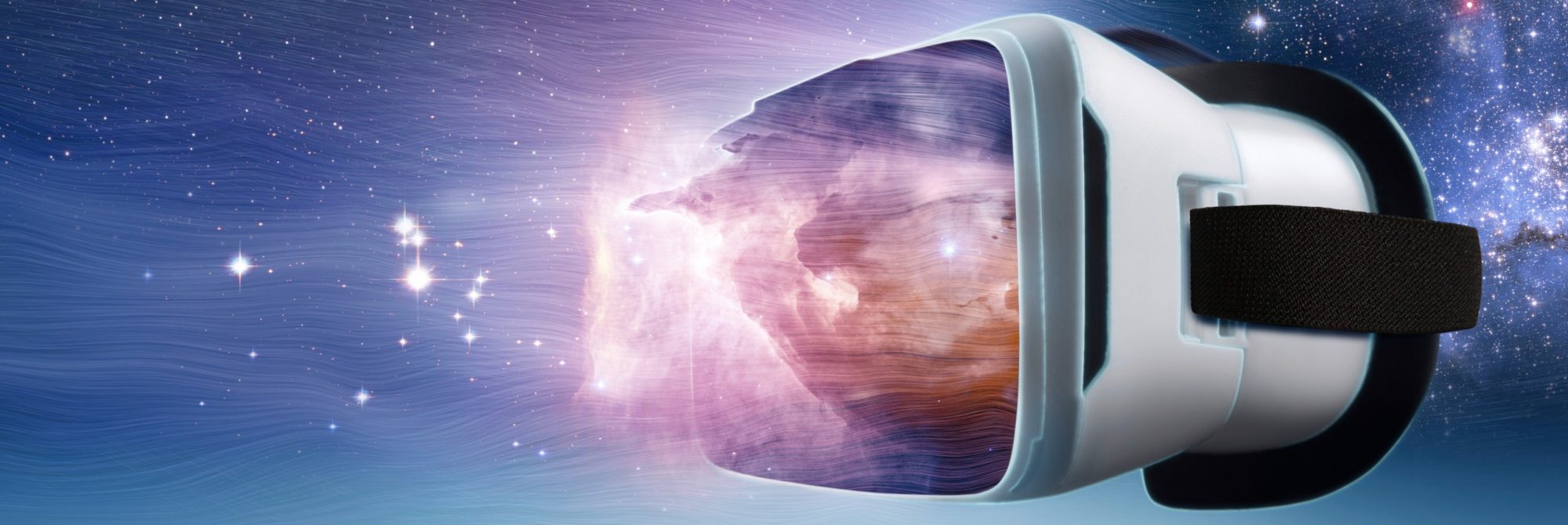VR has been found to be effective for severe pain in hospitalized patients and could be potentially used as a non-drug option for analgesia as a strong distraction mechanism.
A recent published study has found in a randomized controlled trial of 120 patients that VR has yielded in a significant pain reduction during the 48 and 72 hour post intervention period.
For more information, visit the study website: https://journals.plos.org/plosone/article?id=10.1371/journal.pone.0219115
